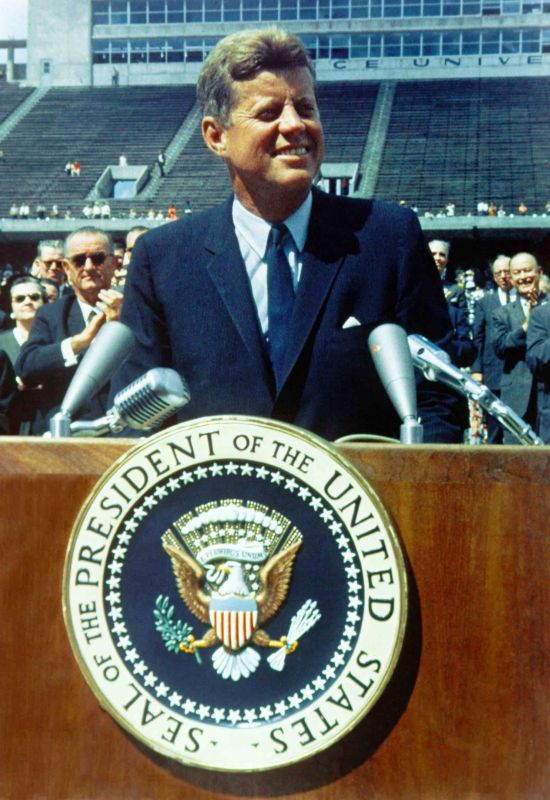My Favorite Teacher
My favorite teacher–the one whom I remember the best, admire the most, and who helped me to learn–was my fourth–grade teacher, Mrs. Weaver. Mrs. Weaver was not the flashiest teacher I ever had. In fact, she was quite plain, fairly old (at least to a fourth grader), was always simply dressed, used spectacles dangling on a chain which were forever slipping from her nose when she bent over, and she spoke and acted like the rest of the farm people who lived in our small Virginia community.
There was no computer on Mrs. Weaver’s desk. (In fact, our classroom was among the water and sewer pipes in the basement of an already dilapidated school building.) She didn’t know fancy educational words like pedagogy, needs assessment, or response to intervention (RTI). She “tracked” students on an old note pad where she entered personal observations. Her teaching curriculum consisted mainly of outdated textbooks and odds and ends she had put together herself. The truth is, Mrs. Weaver probably would not have certified as a highly qualified teacher under today’s standards.
But the reason Mrs. Weaver casts a giant shadow among the memories I have of public education has nothing to do with technical preparation or engaging teaching strategies; it has to do with something much more basic: Mrs. Weaver cared. She cared about me.

I first learned about Mrs. Weaver’s humanity on November 22, 1963. An interruption to our class came over the loud speaker: “President Kennedy has been assassinated.” Mrs. Weaver’s response was spontaneous and immediate: she put her head on her desk and wept openly. From there, I learned that my fourth grade teacher cared not only about her country but also about each one of us. She cared about our health, about our home life, about our feelings.
This caring, however, did not diminish her interest in our academic standing. In fact, it enhanced it. Because she cared, she had a great need to see us improve, learn and advance. The fact that she was humane and compassionate did not alter the primary component of our relationship: she was always the teacher; we were always the students. Despite the lack of resources and facilities, her standards were precise and demanding, but always tempered by a nurturing and benevolent spirit.
Public education has come a long way in over 50 years since I sat among the water pipes in Mrs. Weaver’s fourth-grade class. We have new technology, new strategies, new resources, and new facilities. But perhaps, more than ever, there is something of the old that we still need. With all our flow charts, sophisticated tracking, technical planning, and computerized learning, I hope we never lose sight of this important factor in student progress and well being: a caring relationship between teacher and student.
My Favorite Teacher “Response”
Dear Vernon,
What a pleasant double surprise yesterday -a visit from your father and copies of your superintendent’s Alpine School District, Utah reports and SOL - Performance Report - 2003! As Superintendent of Schools you must be very proud of your staff, teachers, and diversified student body. Your “Why We Need Guiding Principles in the Alpine School District” reflects the wonderful values you learned from your family, church and schools. Morals and family values unfortunately are slipping away from us in the United States and elsewhere. You must maintain your concepts and goals and set an example for us all.
I am delighted that you consider me a favorite teacher. I remember the Midlothian School “basement classroom challenge” well. The one bright spot nestled among the pipes was the corner built-in bookcase library loaded with wonderful books. Did you ever serve as librarian? I had “Helpers” for everything as I always taught between 35-40 pupils each year - pupils of every ability. You may not realize that there was no Special Education in Chesterfield in those days. I taught pupils who could barely comprehend the simplest concepts or task and in the same room very bright children eager to learn. Attempting to include the “Slow learner” and challenge the gifted simultaneously required a daily plan full of hands-on activities. Each person stood and read aloud daily, received special assignments, went to the blackboard to write sentences, spell or “cypher”. Above all we learned about our environment - how to identify trees, wildflowers, birds, rocks and how to care for our natural resources so abundant in Virginia.
No art specialist visited our classroom. To arouse interest, we kept a large easel holding a framed print - changed every week or so - Van Gogh’s “Sunflowers” or Renoir’s “Girl with the Watering Can” etc. kept us familiar with great artists. Often, we purchased little copies of the prints for our art notebooks.
Above all we had a good time in school. Do you remember how well you danced the Virginia reel or what a good ball player you were whenever we played softball or kickball? Actually, I was quite young - 43 in 1963. My first eyeglasses were half glasses worn down on the nose as you could see over them also.
Keep up your good work. Give my love and best wishes to your wife and children. Do come to see me when you visit your Henshaw kin.
Fondly,
Bettie Weaver